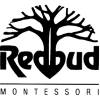History of Redbud Montessori
Redbud Montessori opened on September 4, 1984. The school was founded by a group of 22 families and 3 staff members who had been together previously in other Montessori schools in Davis and/or Woodland. This group started meeting in the spring of 1984 to discuss the possibility of creating a new Montessori school in Davis, which would be characterized by a unique set of elements. They were bound together by a shared commitment to that approach to education developed by Dr. Maria Montessori (1870-1952), the first woman physician in Italy. In addition, they shared some common visions having to do with organization, physical setting and curriculum emphases they wished to combine with this educational philosophy.
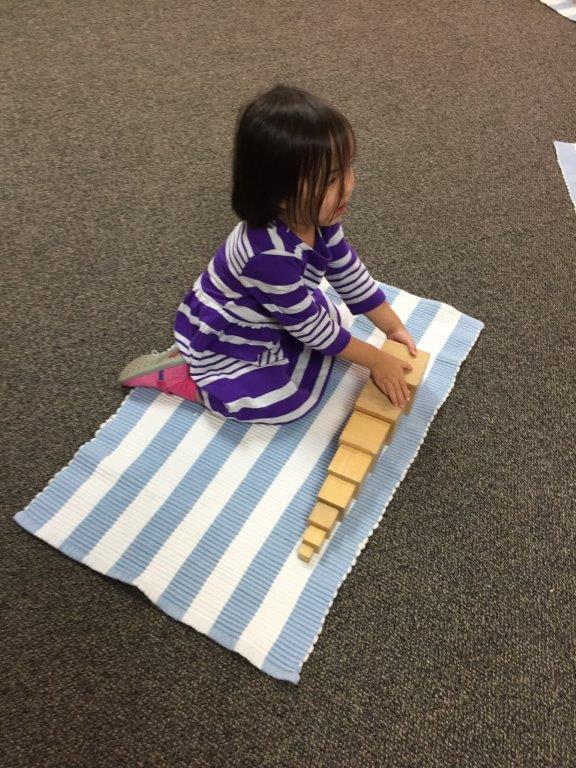
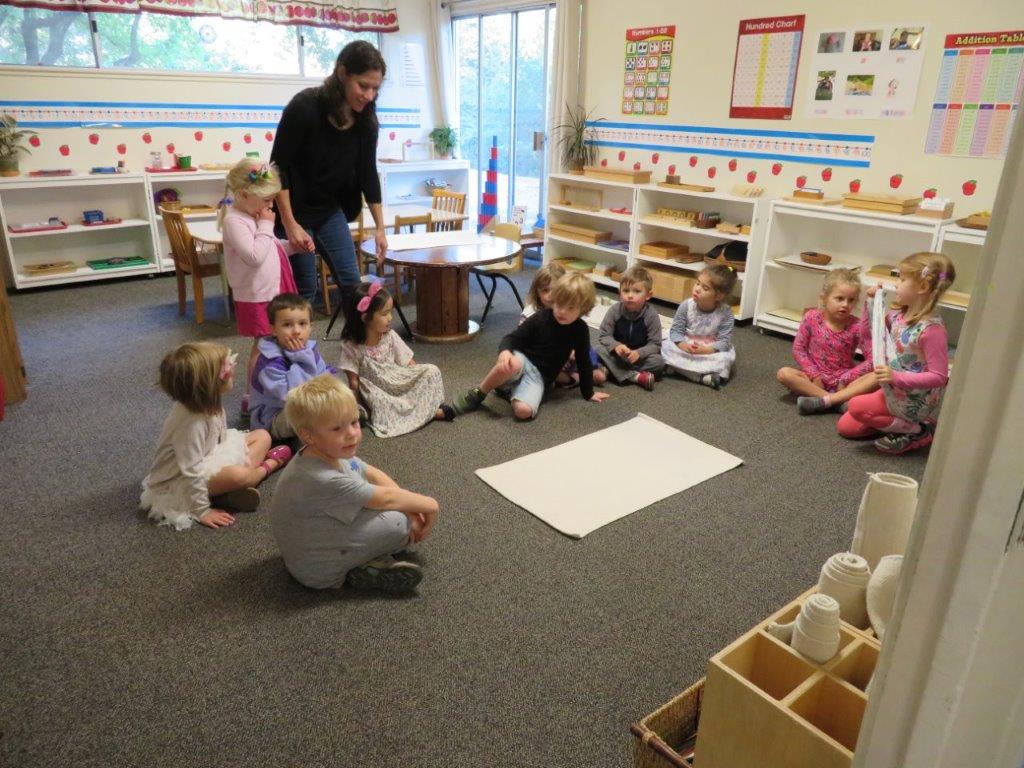
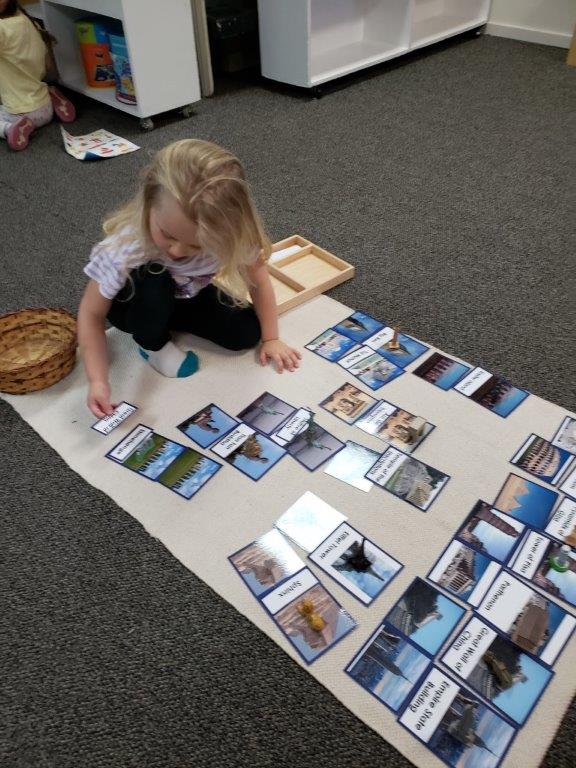
School Organization
Respect for the unique capabilities and prerogatives of each child are fundamental to a Montessori classroom. It is equally important for the adults who support that classroom (parents and staff) to present a model to the child of caring attitudes in their dealings with one another. Moreover:
- The founders felt it followed from this premise that basic school policies should be arrived at through a process of joint decision making. They believed that there would be many ways to provide for parent involvement in the life of the school even when parents pursue full-time careers, attend school, or otherwise lead busy lives.
- The founders were committed to providing staff with the best possible working conditions and a sense of support so that they would be a stable element in the school community.
- The founders wanted a school that was involved in the life of the community and open to all who wished to learn more about the Montessori approach to education.
To facilitate these goals, Redbud was legally incorporated in June of 1984 as a nonprofit, public benefit corporation governed by a Board of Directors consisting of 4 parents, 2 staff members, and one representative of the community with expertise in the field of education.
Curriculum Emphasis
There are several goals that Maria Montessori sought to promote by the design of her classrooms that are not often realized in American Montessori schools. Redbud wanted to emphasize these goals:
- Redbud wants to help children acquire a sense of common humanity that binds peoples of all races and cultures together so that they might grow up to contribute to a more peaceful and cooperative world. In Montessori's own words: "Peace is what every human being is craving for, and it can be brought about by humanity through the child." (1)
- Redbud wants to help children achieve a powerful sense of "connectedness" with the natural world around them. Montessori felt this was essential to the development of physical, intellectual, and spiritual well being in the child. Speaking of the young child, she said: "…we must allow him the freedom to move in the natural world…Indeed the child needs not only to know nature but to live in nature. What is important is the liberation of the child from the bonds which isolate him in the artificial life created by cities." (2)
- Redbud wants to help children achieve a sense of self-respect and pride in their growing competence while at the same time developing their ability to behave in ways that shows respect for other people's interests and capabilities. Many people have the impression that Montessori classrooms are "free" in the sense of being overly permissive and therefore chaotic. Others have heard the opposite, i.e., that Montessori classrooms are highly "structured" and stifle individual initiative and creativity. What Maria Montessori actually proposed was neither of these extremes, but something in between: "The liberty of the child ought to have as its limit, the collective interest of the community in which he moves… It is our duty then to prevent the child from doing anything that may offend or hurt others… But as regards all else, every action which has a useful purpose in view… ought not only to be permitted, but it ought to be kept under observation [by the teacher]…" (3)
- Redbud wants to free the child to pursue knowledge and skills most relevant to him or her at a pace that is most comfortable. Dr. Montessori felt that early learning, which is intrinsically motivated by natural curiosity is joyful and produces an enthusiasm which is the key to becoming a life-long learner able to adapt to an unpredictable and fast-changing future. This model of education stands in stark contrast to the model prevailing in American public education which advocates that the child, like an empty vessel, must be filled with a pre-selected body of knowledge chosen by experts for its apparent "usefulness" to society rather than being chosen by the child because it is "interesting". Fortunately, the child knows instinctively what Thoreau tried so fervently to urge upon his fellow man, i.e., that "…this curious world which we inhabit is more wonderful than it is convenient; more beautiful than it is useful; it is more to be admired and enjoyed than used." (4)
Unfortunately, Americans tend to view Montessori as "the academic preschool", focusing on the fact that children in Montessori schools sometimes display intellectual precocity, but forgetting that although this may be a by-product, it should never be the end-in-itself of a Montessori school experience. Montessori wrote:
"…we cannot make a genius; we can only give each individual the chance to fulfill his potential possibilities to become an independent, secure, and balanced human being." (5)
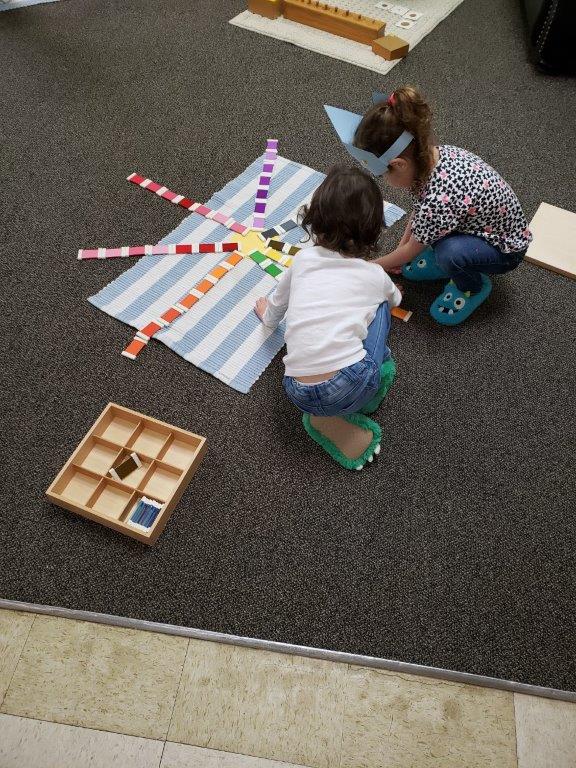

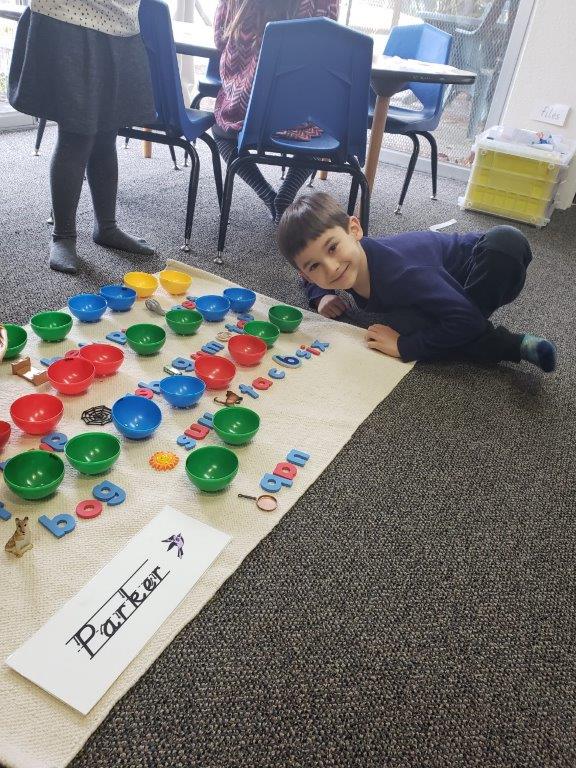
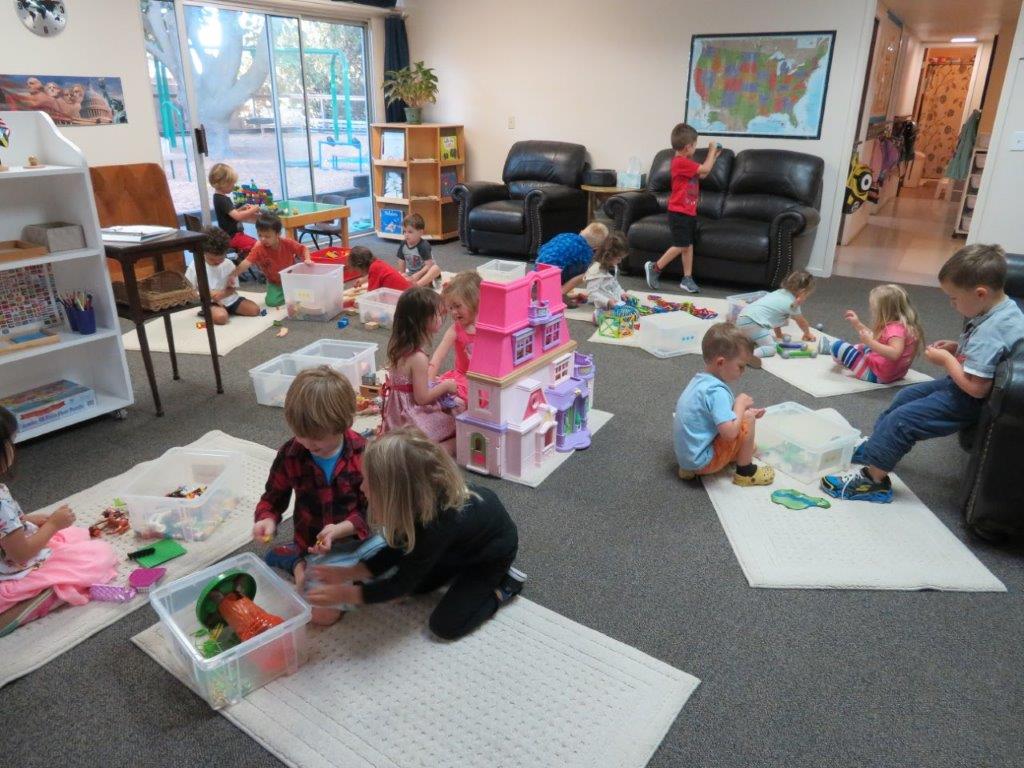
Physical & Social Environment
Having determined the educational goals and organizational format of our school, the founders of Redbud Montessori were then faced with the task of funding appropriate materials and finding a physical setting for the school. They knew these were important tasks, for Maria Montessori taught that:
"The naughtiness of small children… can be a form of agitation caused by mental hunger when the child is deprived of the stimuli of the environment or by a sense of frustration experienced when he is prevented from acting in the environment." (6)
School Materials
Dr. Montessori spent a great deal of her lifetime designing exquisite learning materials that would be conducive to creative yet orderly self-teaching activities. Most Montessori "didactic apparatus" is manufactured either by Nienhus in Holland or by Gonzagarredi in Italy and is very expensive. One of the greatest testimonies to the commitment of the families that started Redbud is the fact that over $8,000 was raised for capital expenditures through outright donations from parents, relatives and friends of the school. In addition, countless volunteer hours were put in building child-size furniture, hand-making certain learning materials, and preparing a fenced-in playground that would meet specifications of the Community Care Licensing Division of the State Department of Social Services. Redbud is proud to say that our school not only meets State requirements, but also constitutes an attractive, easily managed, and intellectually stimulating environment for young children.
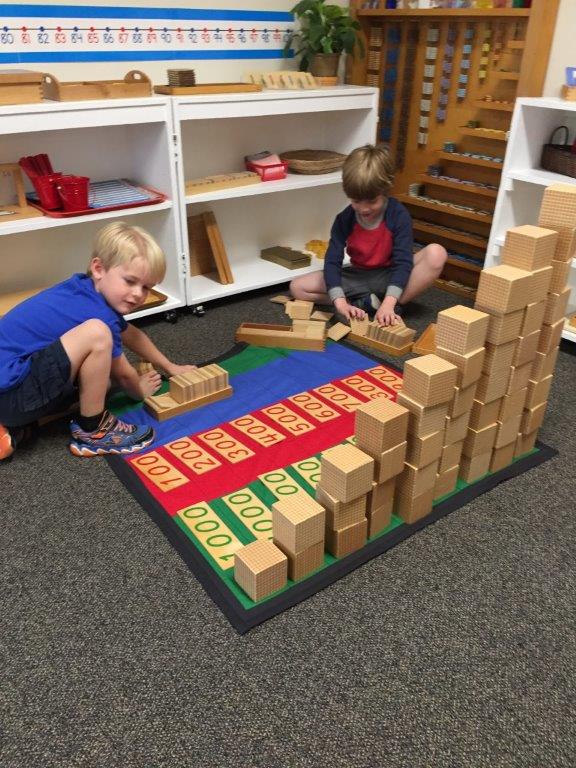
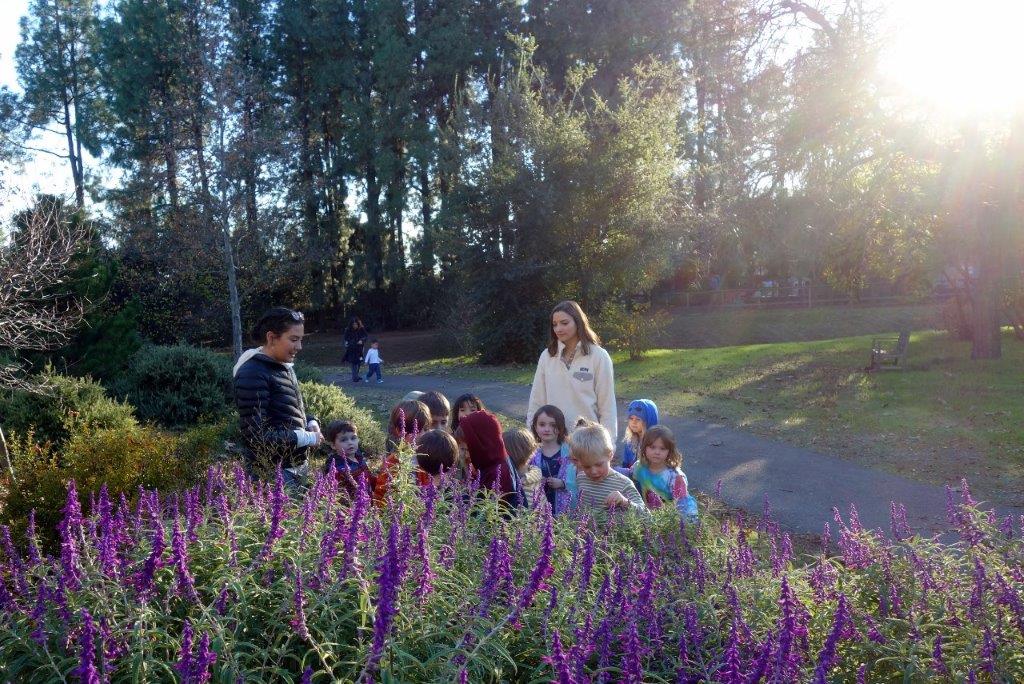
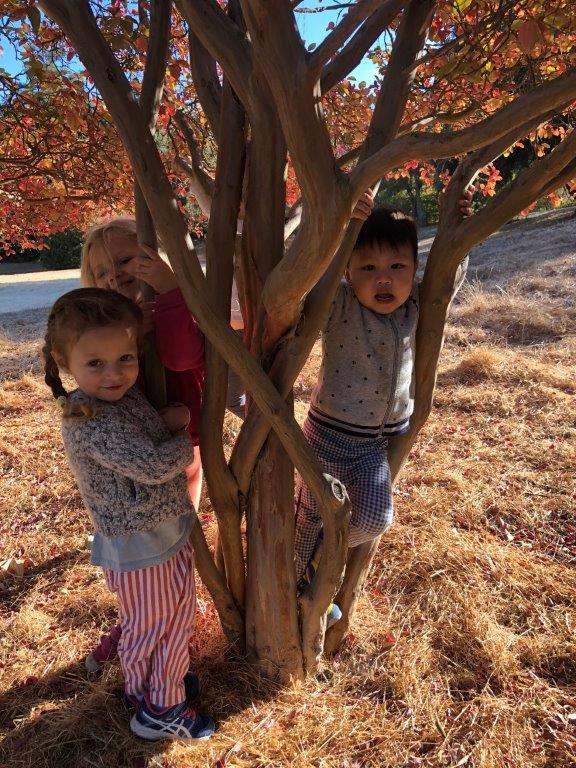
Physical Setting
The physical setting found for our school is probably one of the most unique things about Redbud Montessori. The school building itself is set amidst 6½ acres of wooded property to which the children, accompanied by staff, have free access. Hands-on studies of plants, animals and ecosystems can easily be had at a moment's notice. Many native species of trees and shrubs are on the grounds, including Oaks, Buckeye, Toyon, and Redbud (after which the school is named). The grounds are full of interesting contours that invite the child to explore. The sounds that surround us are not those of traffic, but those of horses, sheep, roosters, frogs and wild birds.
Such a setting is essential to achieving Montessori's goals of bring the child in harmony with nature and in touch with the larger world. Montessori felt that geography, botany, zoology and ethnography were all appropriate subjects for the young child as long as they were related concretely through the child's five senses. In her own words:
"There is no description, no image in any book that is capable of replacing the sight of real trees, and all the life to found around them… Something emanates from those trees which speaks to the soul, something no book, no museum, is capable of giving…myriads of lives around the trees, the majesty, the variety are things one must hunt for and which no one can bring into the school." (7)
Many studies establish that the best foundation for a school science curriculum is to give children an opportunity to experience the natural world when they are very young, for that is when they are most capable of "absorbing" their environment. (8) We feel fortunate to provide children with this opportunity at Redbud, for we agree that:
"…there is no science and no art of greater importance than that which teaches seeing, which builds sensitivity and respect for the natural world…" (9)
Social Setting
Just as the Montessori school without free access to some wild place will fail in the goal of bringing children into harmony with the natural world, so will the Montessori school which is too homogeneous or which lacks a sense of community fail to adequately aid the child in becoming a healthy part of the human family. Children need to learn acceptance of individual differences and develop social skills through intimate contact with a varied assortment of real human beings. Montessori saw her "Children's House" (as she called her schools for 2 ½ to 6 year olds) as a kind of metaphor for the extended family compound. She recognized that older children are often the most relevant role models for younger children. Therefore, she felt it was imperative for any classroom to encompass a 3 to 4 year age span composed of children who enter the class around age 3 and stay at least 3 years (until they reach age 6 or 7).
Redbud Montessori has been successful in meeting these ideal social conditions. The "hominess" of the setting and cooperative spirit between parents and staff help the school seem like a community. Also the present group of families includes the full age span and a mix of ethnic and religious backgrounds.
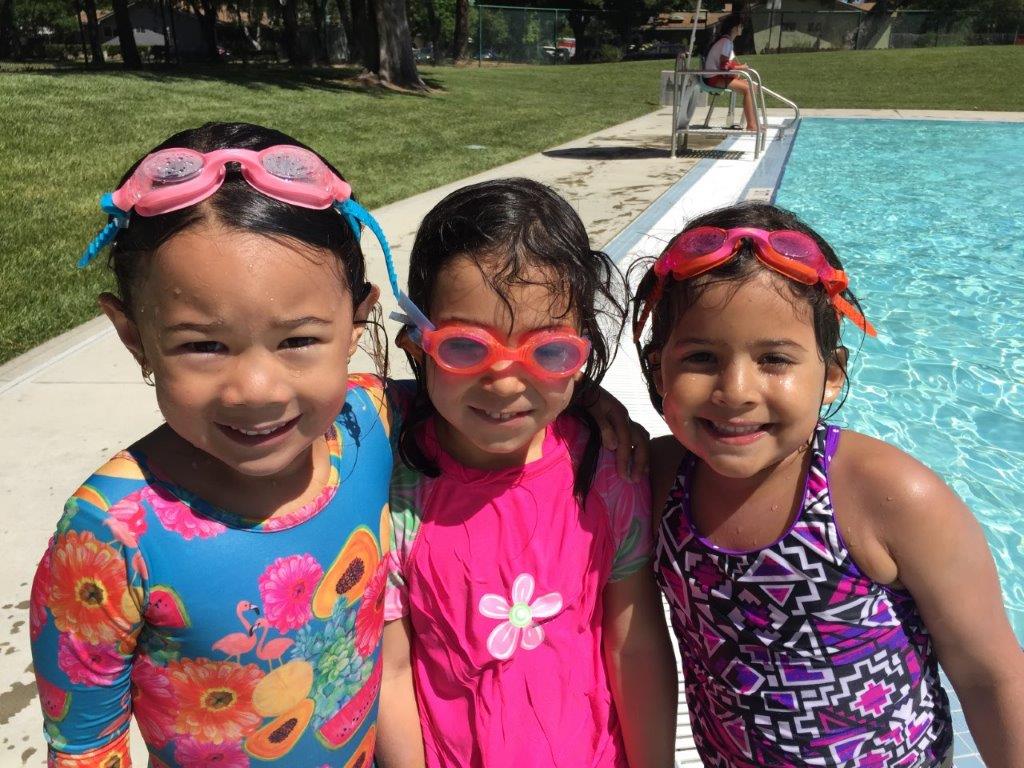
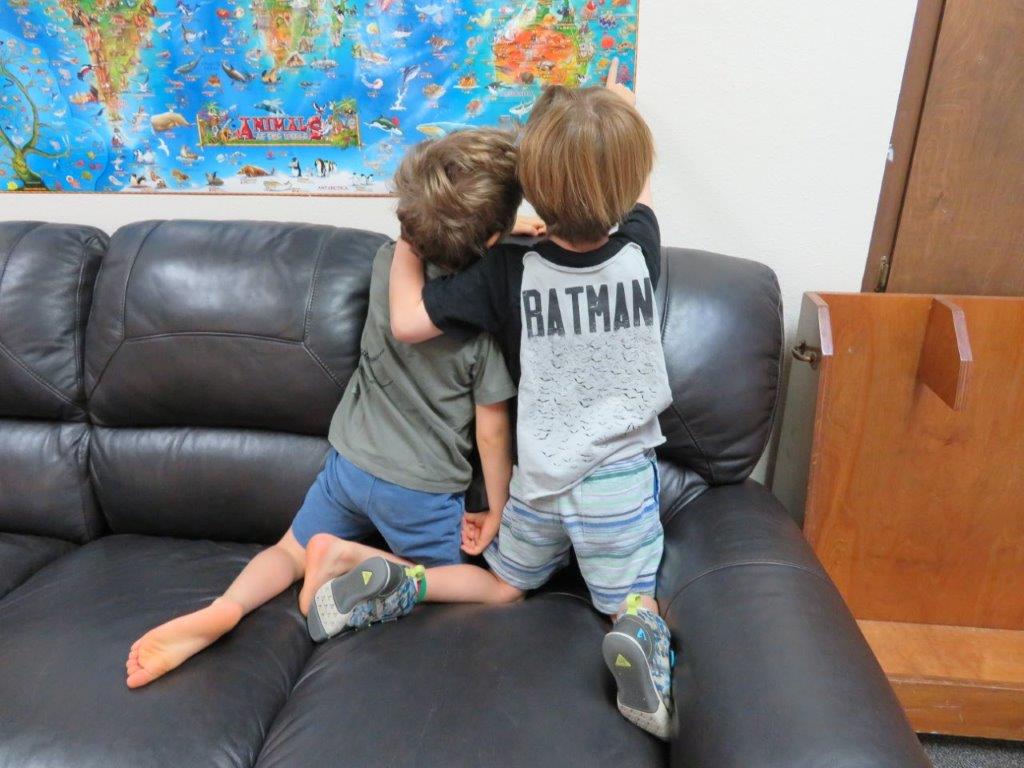

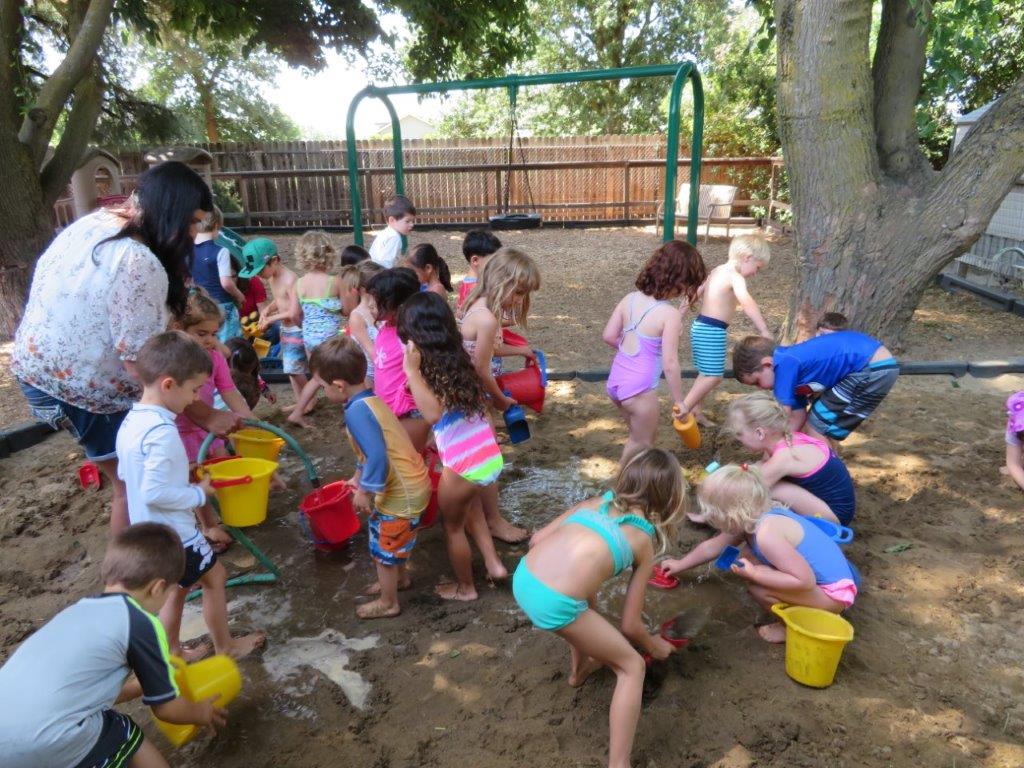
Summary
In summary, it can be said that the distinguishing characteristics of Redbud Montessori are as follows:
- Redbud is housed in a cottage set amidst a wide expanse of open space. Hands-on studies of plants, animals, and ecosystems are a regular part of the curriculum.
- Redbud's population encompasses the full age span from 2 years 9 months to 6 years.
- Redbud's families are intimately involved in the operation of the school.
- The families in Redbud are committed to keeping their children in the school for a full three years, insofar as possible, to provide them with the continuity essential to the development of a sense of "community".
- The professional staff is well qualified and the parents and Board of the school are committed to providing the staff with the best possible working conditions and a sense of mutual respect and support.


